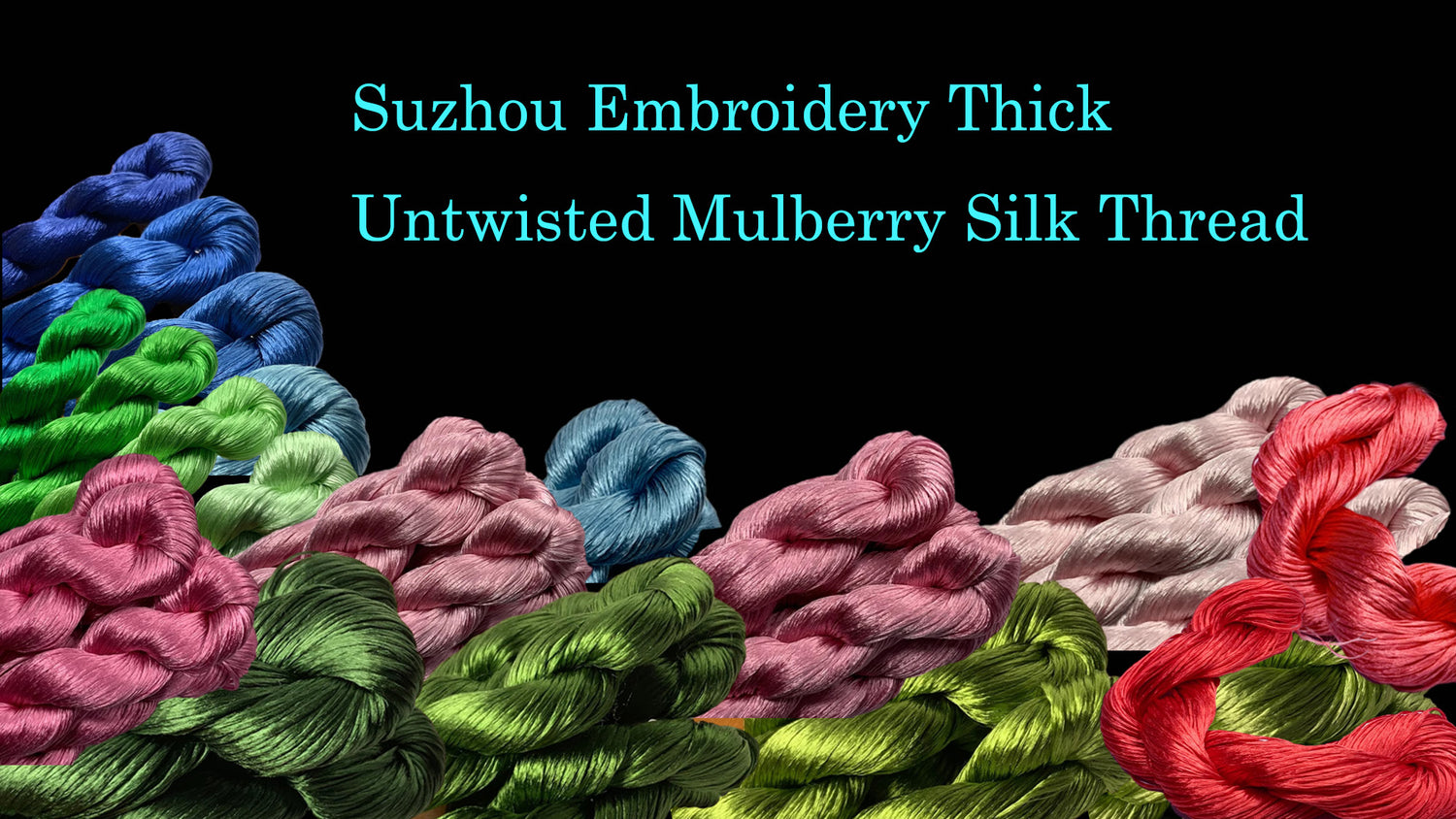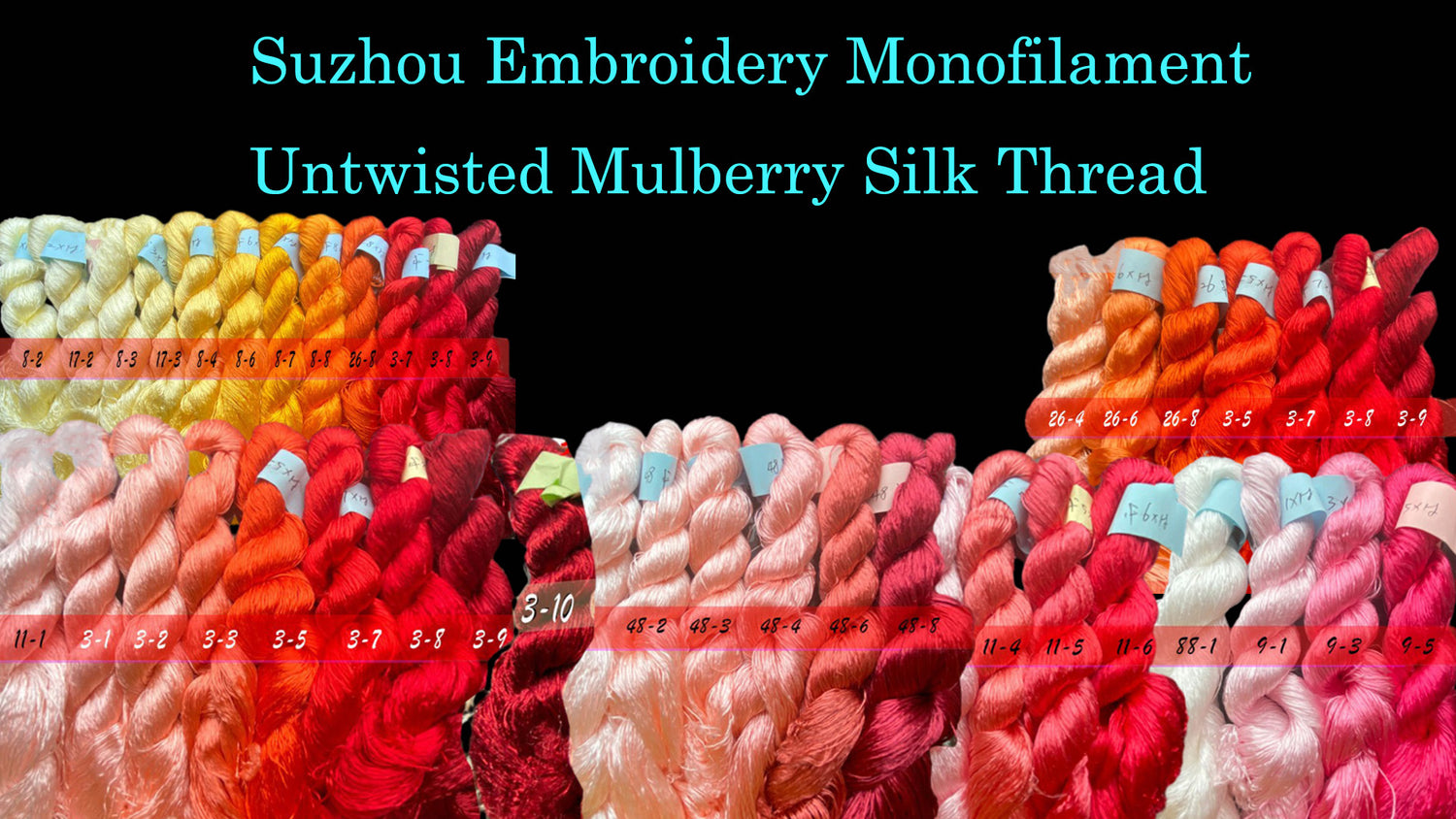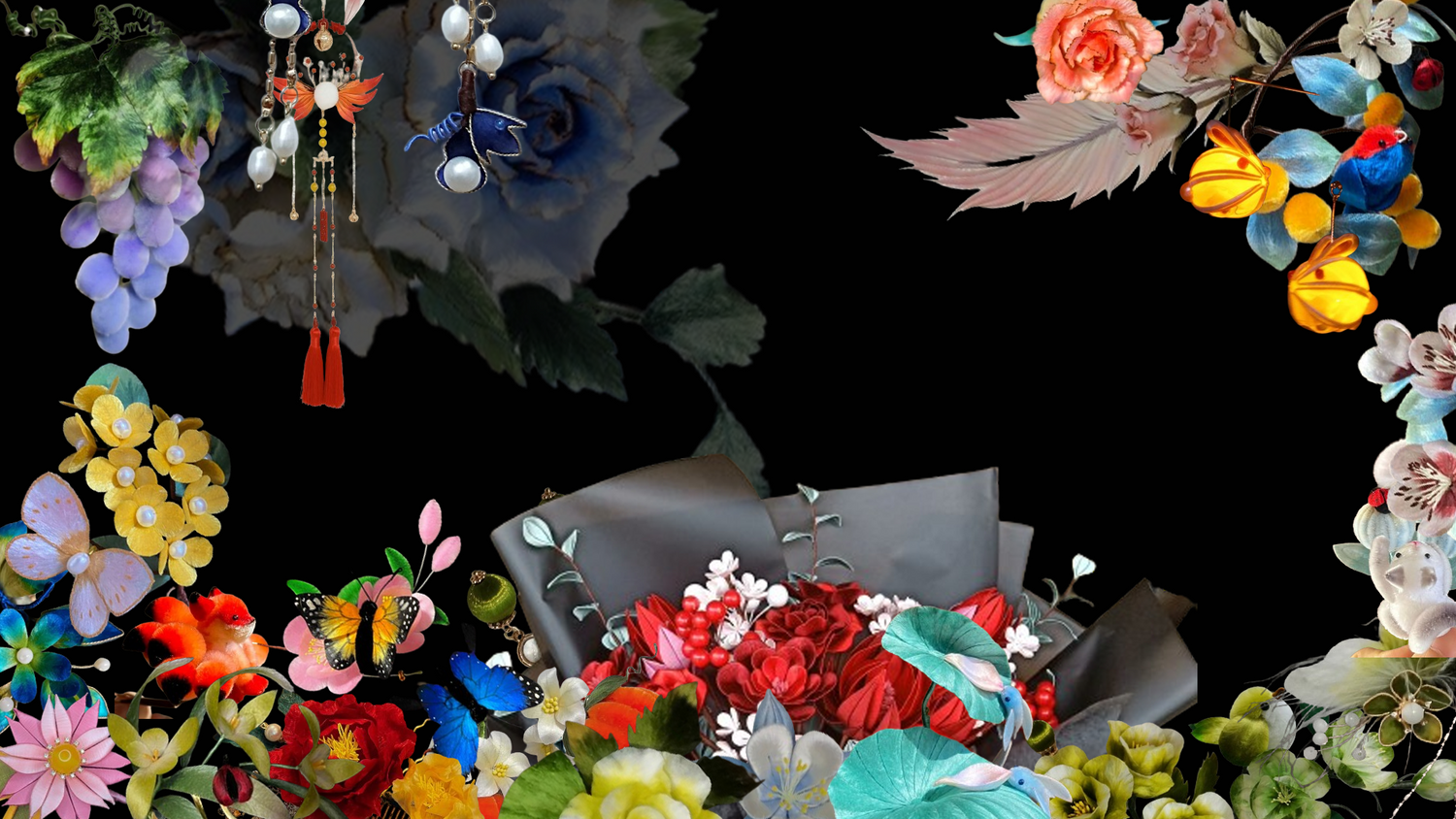
Methods for Making Different Styles of Ronghua - Furry Style - Handcraft Ronghua Tutorial
Share
Ronghua made using traditional techniques are characterized by their fluffy texture. With the continuous innovation of craftsmen, flat-shaped Ronghua have also emerged. Here, we introduce the methods for making different styles of Ronghua.
Making Furry Style Ronghua: An Example of "Lotus Petals"
A. Petal Making
 1
1
1. Shape the Velvet Strips: The characteristics of lotus petals are wide at the top and narrow at the bottom, so the velvet strips need to be trimmed into this shape. The process for making velvet strips can be found in Chapter 1.
 2
2
2. Arrange and Trim: Arrange the trimmed velvet strips in parallel and secure them together, then cut off the excess brass wire from the strips.
 3 4
3 4
3. Shape the Petals: Use tweezers to adjust the curvature of the velvet strips so that they fit together to form a petal. By shaping the strips first, you will know the approximate position of each strip when you later glue them, making it easier to secure them.
4. Separate and Position: Continue to use tweezers to separate the strips without changing their curvature to ensure that the shape and position of the strips remain unchanged when gluing.
 5
5
5. Apply Glue: Apply white glue to the contact surfaces of the strips and use tweezers to stick the two strips together. Be careful not to apply too much glue to avoid affecting the overall appearance of the piece.
 6
6
6. Finalize the Petal: Glue all the strips together with white glue to complete the fluffy petal. Note that in the subsequent stages, you can bend the petals into different shapes according to the desired effect.
B. Leaf Making
 Different tying methods can produce different effects.
Different tying methods can produce different effects.
 Different lengths and quantities of velvet strips can also create various effects.
Different lengths and quantities of velvet strips can also create various effects.








